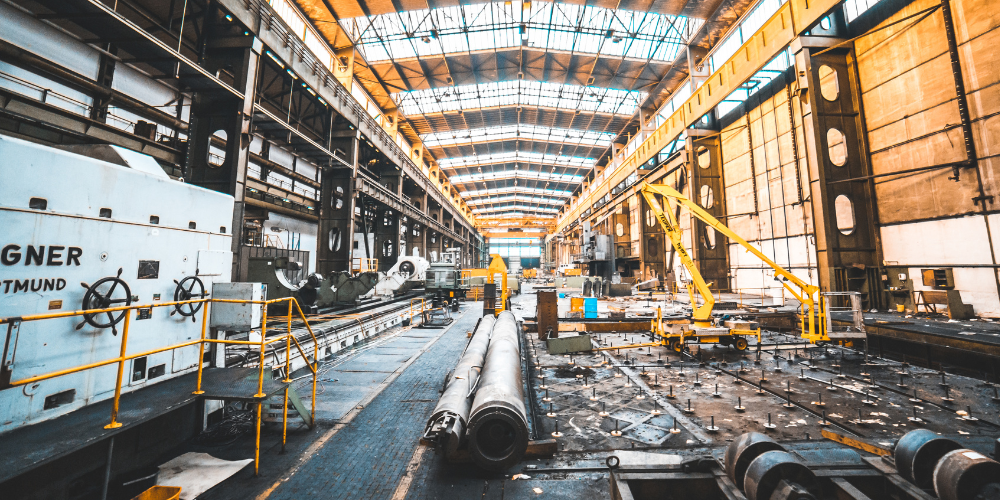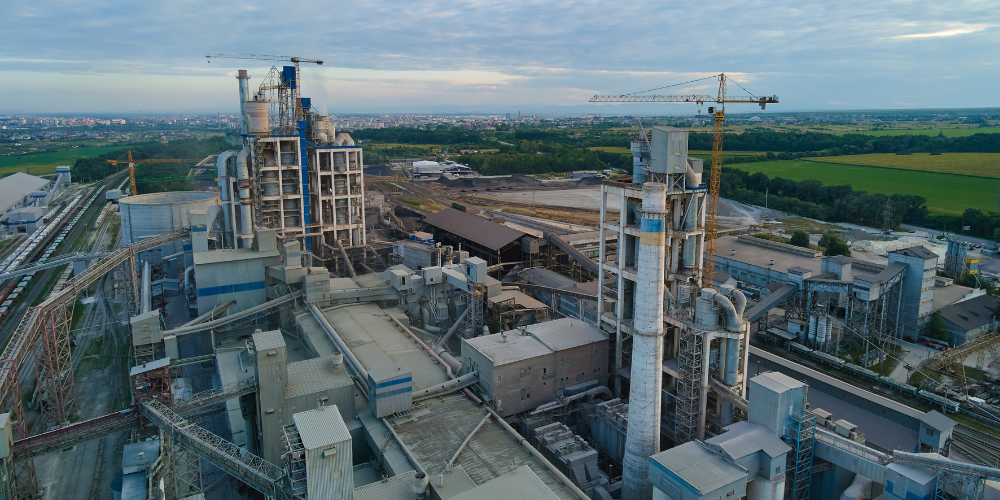Luthra Projects offers bulk storage solutions for the above ground industrial applications. These bulk storage tanks come with many advantages.
They are easy and quick to install on top of being 30 times lighter than concrete and four times lighter than steel.
In addition, Storage tanks are versatile and can be used, among other things, to supply water to mining sites, for fire protection, sewage treatment, and clean water storage.
Luthra Projects handles the detailed engineering, manufacturing, transportation, and installation of all the components of your storage tank. Our products are delivered ready-for-use.
From the infrastructure prospects, aboveground bulk storage facilities are way useful in various ways, specifically as leaks in these kinds of storage tanks are much easier to detect than leaks underground are. Here are the benefits of using aboveground bulk storage solution, which businesses could inculcate in their operational requirements.
COST-EFFECTIVE, DURABLE AND PRACTICAL
If you compare, Bulk storage solutions are cost-effective storage applications, and they require zero maintenance.
Through the use of fiberglass, a material that won’t rust unlike steel, no seal replacement, and no repainting are needed.
In addition, fiber glasses are a well built and durable material that does not degrade as opposed to concrete. Bulk storage solutions also protect against UV rays
TANKS THAT WORK WELL UNDER ALL CONDITIONS
Apparently, Bulk storage solutions for industrial applications could be installed both indoors and outdoors.
However, with about ground isolated tanks, stored liquids can be heated and kept warm easily. There are also non-isolated tanks for other types of uses.
No matter where they’re installed, Storage tanks work well in all types of environments. They require minimal installation effort, either on a concrete slab base or crushed stone surface, avoiding the need for excavation into the permafrost or rough ground.
STORAGE CAPACITIES
Bulk storage solutions for above ground industrial applications racks have a lot of space for storing items, hence the name. You can place the contents of a couple of smaller shelves on a single bulk storage shelf. Depending on the situation, you might also be able to replace your smaller racks entirely.
Containment Requirements
Basically, there are two types of secondary containment requirements: General and Specific.
To start with, general secondary containment requirements address the most likely oil discharge from a facility; specific secondary containment requirements—sometimes called sized secondary containment requirements—address a major container or tank failure.
Moreover, all facilities are liable to meet the general secondary containment requirements, while bulk storage containers and tanks must also meet the specific containment requirements.
Examples of general secondary containment are:
- Impervious dikes, berms, retaining walls, curbing.
- Culverts, guttering, or other drainage systems, including storm water retention ponds
- Weirs or dam-like structures generally used with skimmers.
- Booms and sorbent materials used to recover liquid
- Barriers such as spill mats and storm drain covers
- Drip pans typically used with product dispersing and uncoupling hoses
Within sight, the areas where certain types of containers or activities occur are also subjected to additional, more stringent specific containment requirements.
In general, the specific containment provisions require containment sized to capture the volume of the single largest compartment or container plus sufficient freeboard for precipitation.
The following sections summarize the secondary containment requirements for oil-containing units such as:
- Bulk storage containers and tanks
- Mobile or portable containers
- Oil-filled operational equipment
- Oil-filled manufacturing equipment
- Mobile re-fuelers
The utility of Bulk Storage Containers and Tanks
In particular, the bulk storage containers as any container used to store oil with a capacity of 55 gallons or more.
In addition to complying with the general containment requirements above, each facility must comply with specific secondary containment and other requirements for bulk storage containers including:
- Containment sized to hold the entire capacity of the largest single container or tank with sufficient freeboard to also contain precipitation. This is usually the amount of precipitation from a 24-hour 25-year storm.
- The areas that are sufficiently impervious contain spilled oil.
- Bypass or release values must be kept closed to contain rainwater until it can be inspected for contaminants and discharged under supervision (note: the draining of rainwater from containment must be documented).
- Visual inspection of the outside of the container for signs of deterioration and leaks. Tank supports and foundations should also be checked
- Regular integrity testing using hydrostatic testing, radiographic testing, ultrasonic testing, acoustic emissions testing, or other, non-destructive shell thickness testing.
- Integrity testing after tank repairs.
- Prompt repairs of visible leaks from tank seams, gaskets, rivets, and bolts.
We equip tanks with one or more of the following level gauging systems and alarms to prevent spills:
- High-level alarms
- High liquid pump cut-off devices
- The communication system between the tank gauge and pump station
- Liquid level meters, such as digital computers, tele pulse system, or visual gauges
- Liquid-level-sensing devices (should be regularly tested for proper operation)
- Other devices that provide equivalent protection (such as relief valves and overflow lines)
Bulk storage racks promote categorization of products.
Due to the fact that Bulk storage solutions have a large storage capacity, you can place products of the same kind on a single shelf, providing efficient product placement and an easier way for people to compare different products of the same category.
It will be easier for consumers to stay put in one place and compare a lot of products all in one shelf than having to walk the whole aisle.








